Germany, a European country that is rich with countless layers of history, and has some of the most exquisite historic palaces in the world, is one of the best travel destinations for architecture and culture enthusiasts. Here is the ultimate guide to uncovering the exquisite array of palaces that Germany has to offer:

18 Palaces to Visit in Germany
1. Sanssouci Palace
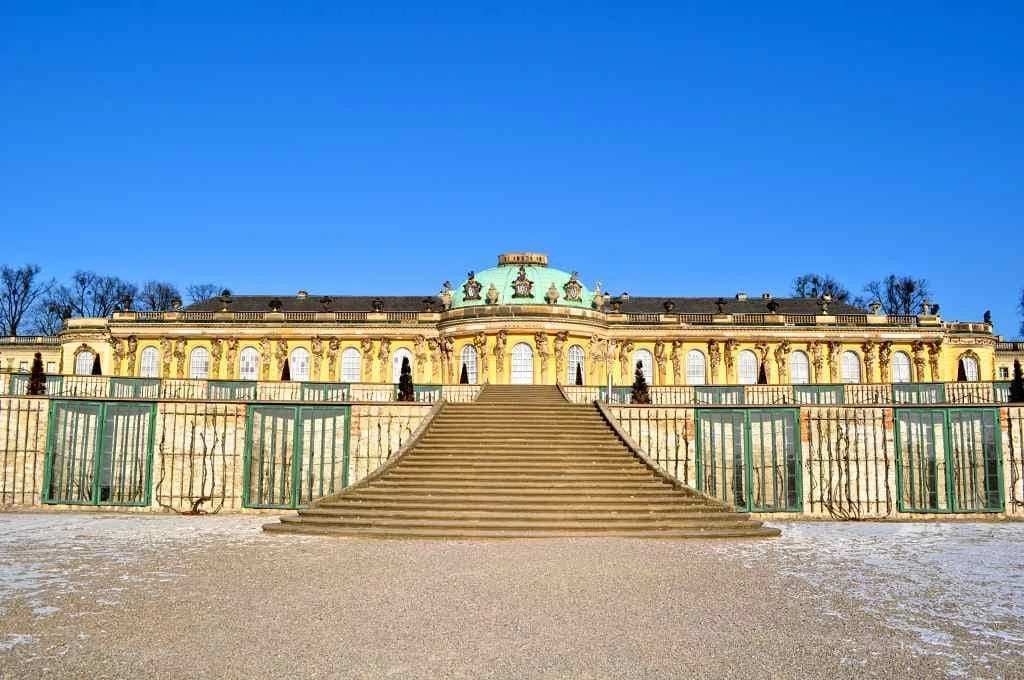
Renowned as the summer palace for the King of Prussia, Frederick the Great, Sanssouci Palace is an enormous Rococo-style palace in the city of Potsdam, which is just a stone’s throw away from Berlin. It is believed that Sanssouci Palace was inspired by the Palace of Versailles in France, though architecturally, it is far smaller.
Built and designed by Georg Wenzeslaus von Knobelsdorff, the Palace has an abundance of grand features, both internally and externally, and also boasts a wonderful park, which is filled with gorgeous temples and follies. It is today open to the general public and is a very popular tourist attraction.
Where: Potsdam
When: 1745-1747
Style: Rococo
Open for visit: Yes, check here for more information.
2. Linderhof Palace
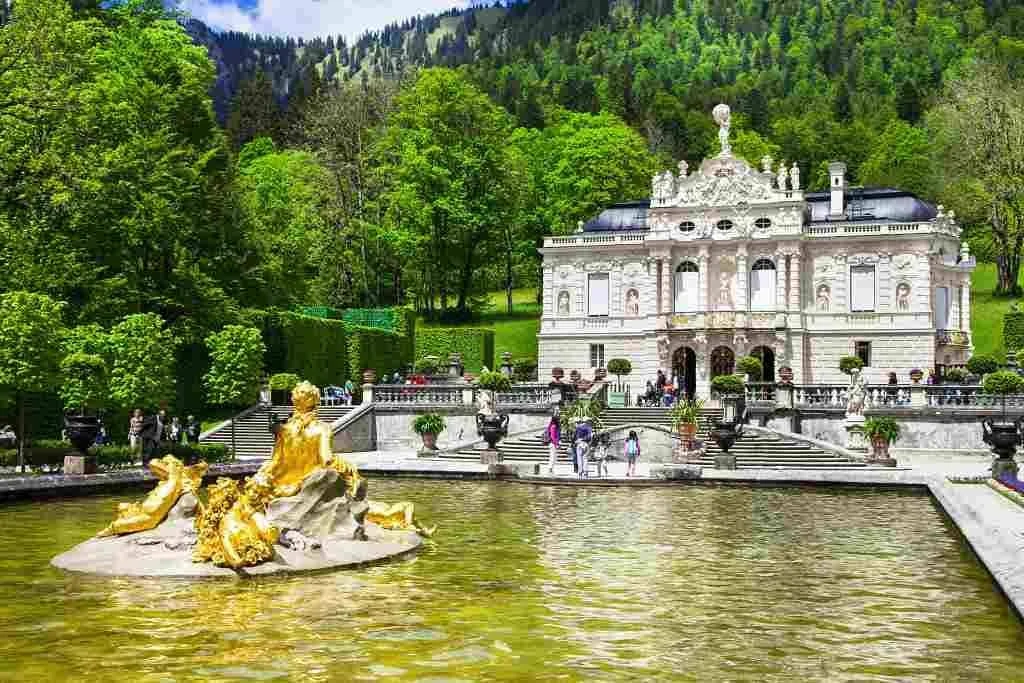
Linderhof Palace, or as it is locally known, Schloss Linderhof, is one of the grandest and most architecturally impressive palaces in the entirety of Bavaria. It is actually the smallest of the three palaces that are part of the complex, and it was originally constructed by King Ludwig II.
Though this castle is nowhere near the size of many palaces in Germany and only has a total of four rooms, each is absolutely exquisite. For example, the Hall of Mirrors was used by the king as a living room, and there are, as the name suggests, an abundance of mirrors.
Where: Ettal
When: 19th century
Style: Rococo
Open for visit: Yes. Check here for more information.
3. Charlottenburg Palace
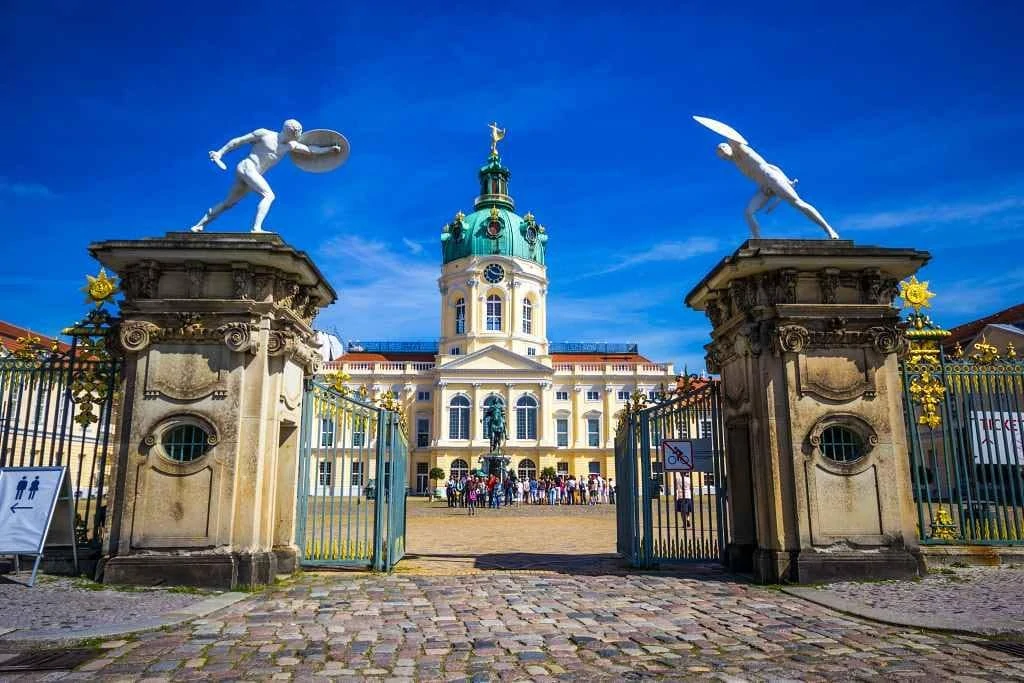
Charlottenburg Palace is one of the grandest and most iconic Baroque palaces in the whole of Germany. It is situated in the vibrant city of Berlin, in the Charlottenburg district, and has a rich and varied history.
The origins of the Palace date back to the end of the 17th century, though it was largely expanded in the midst of the 18th century, where its interior became far more lavish and grand; predominately taking on traditional baroque and rococo, Charlottenburg Palace is absolutely exquisite both inside and out, and is one of the most popular tourist attractions in Berlin.
Where: Berlin
When: 17th century
Style: Rococo and Baroque
Open for visit: Yes, check here for more information.
4. Ludwigsburg Palace
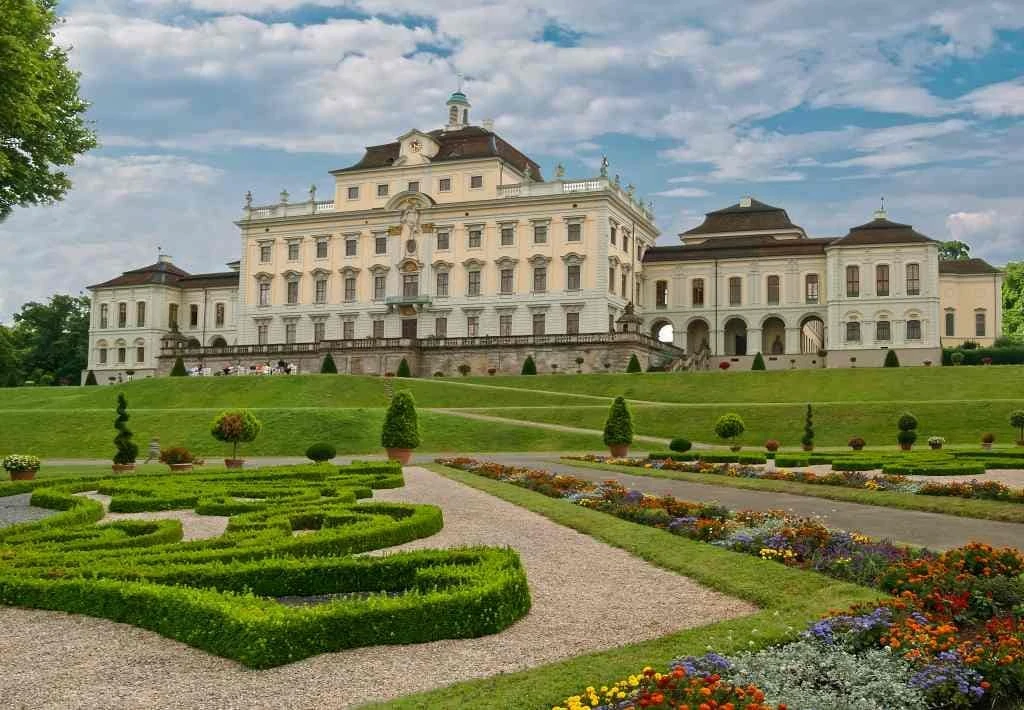
Often nicknamed the ‘Versailles of Swabia’, Ludwigsburg Palace is on par in terms of grandeur with the iconic French Palace of Versailles. Situated in Ludwigsburg in Baden-Wurttemberg, this phenomenal palace as originally built in 1704, though it was not completed until much later.
Used predominately as a summer residence for royals and nobles, Ludwigsburg Palace is completely lavish, both inside and out, and is today, an immensely popular tourist attraction.
Where: Ludwigsburg
When: 1704
Style: Baroque
Open for visit: Yes, for more information, check here.
5. Nymphenburg Palace
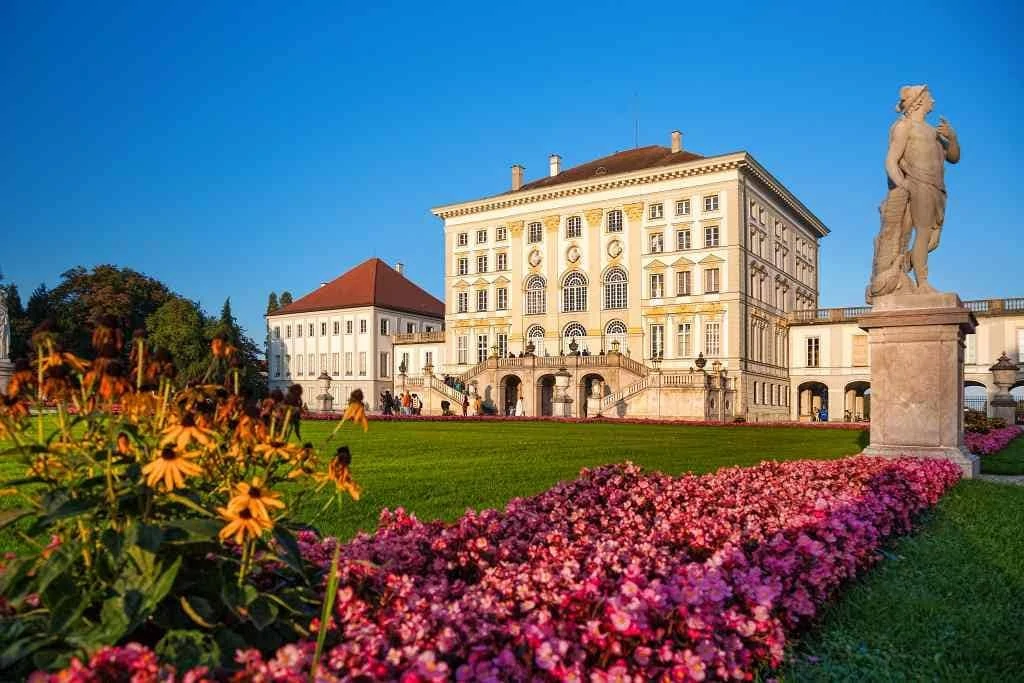
Located in Munich’s western district, Neuhausen-Nymphenburg, Nymphenburg Palace is an enormous Baroque palace that has a frontal width that is actually bigger than the grand Versailles Palace.
Construction on Nymphenburg Palace actually began in the year 1664, though it was not completed until 1675, and it originally was built as the main summer residence for the former rules of Bavaria of the House of Wittelsbach. Today, the castle is open to the public, and it one of the most frequently visited attractions in Munich.
Where: Munich
When: 1664 – 1675
Style: Baroque
Open for visit: Yes, for more information, check here.
6. Karlsruhe Palace
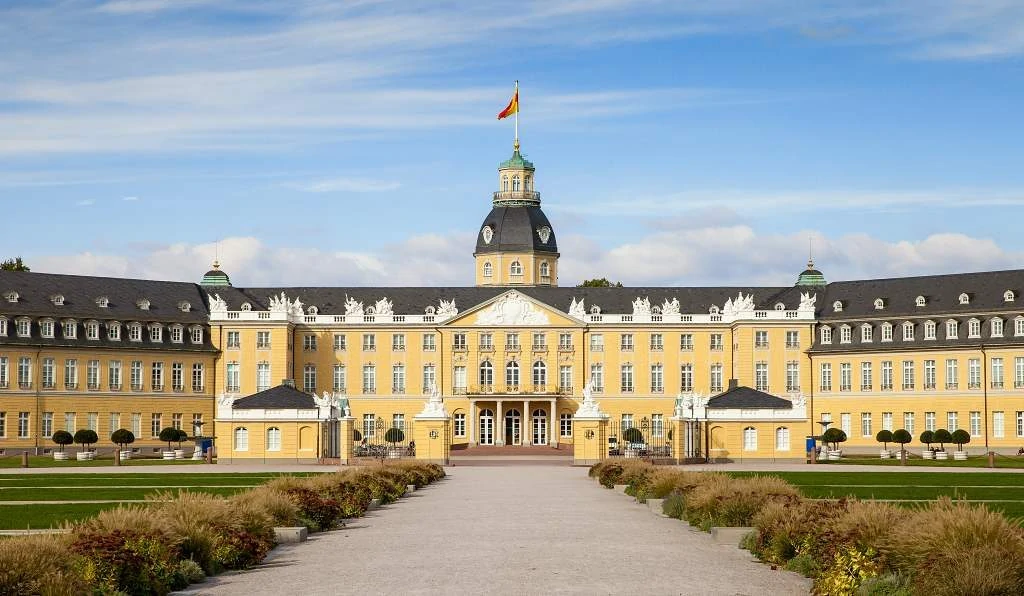
Originally erected in 1715 by Margrave Charles III William of Baden-Durlach, Karlsruhe Palace is a wonderful historic palace in Durlach. The original castle was constructed by Jakob Friedrich von Batzendorf, and it was initially built out of wood.
However, this material did not prove sufficient, and it had to be rebuilt again in 1746, instead this time, in stone. Today, Karlsruhe Palace is open to the general public and is a very popular tourist attraction; the grounds are also home to a new museum, which is fascinating.
Where: Durlach
When: 1715
Style: Baroque
Open for visit: Yes, for more information check here.
7. Brunswick Palace

The glorious Brunswick Palace is situated in the city centre of Brunswick in Germany, and is one of the most fascinating and historic palaces in the country. Construction on the palace began in the year 1718, under the direction of Hermann Korb.
However, this original building was actually burned down in 1830, and a new palace was not constructed until 1841 by Carl Theodor Ottmer. Historically, Brunswick Palace was the residence of the Brunswick Dukes, which spanned from 1753 to 1918; however, today, the palace is a tourist attraction.
Where: Brunswick
When: 1718
Style: Baroque
Open for visit: Yes, check here for more information.
8. Rastatt Palace
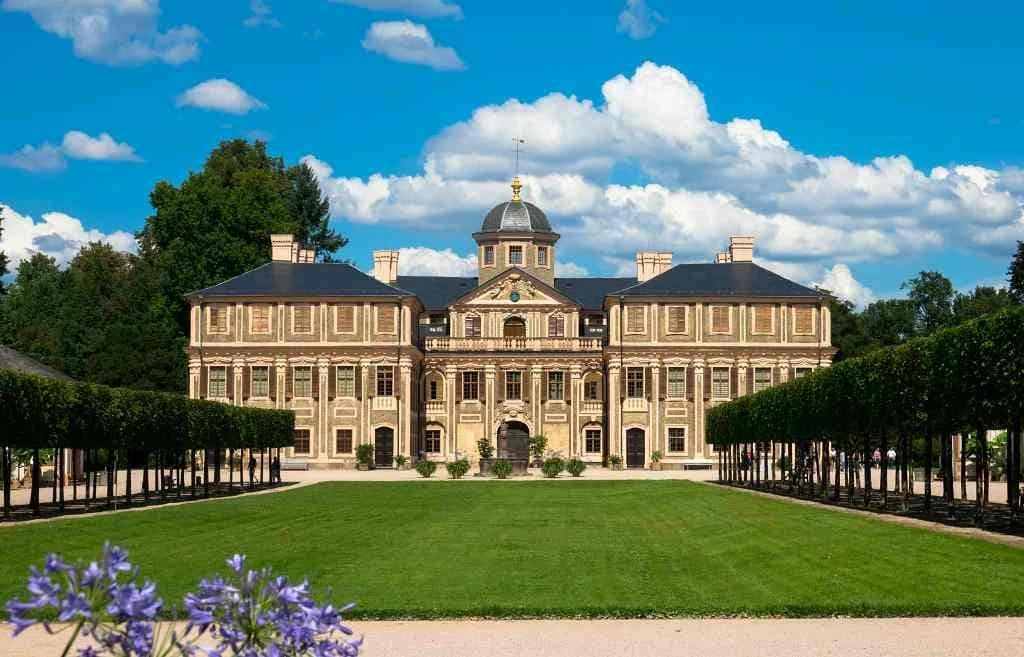
Rastatt Palace is an enormous Baroque Palace that is situated in the German town of Rastatt, and both the palace and the gardens were built between the years 1700 and 1707, by the renowned Italian architect, Domenico Egidio Rossi.
The complex was constructed initially for Margrave Louis William of Baden-Baden after his first residence was burned down in the Palatine War of Succession. Today, the palace has been restored, and visitors can tour the Baroque interiors and gardens.
Where: Rastatt
When: 1700 – 1707
Style: Baroque
Open for visit: Yes, for more information check here.
9. Bruchsal Palace
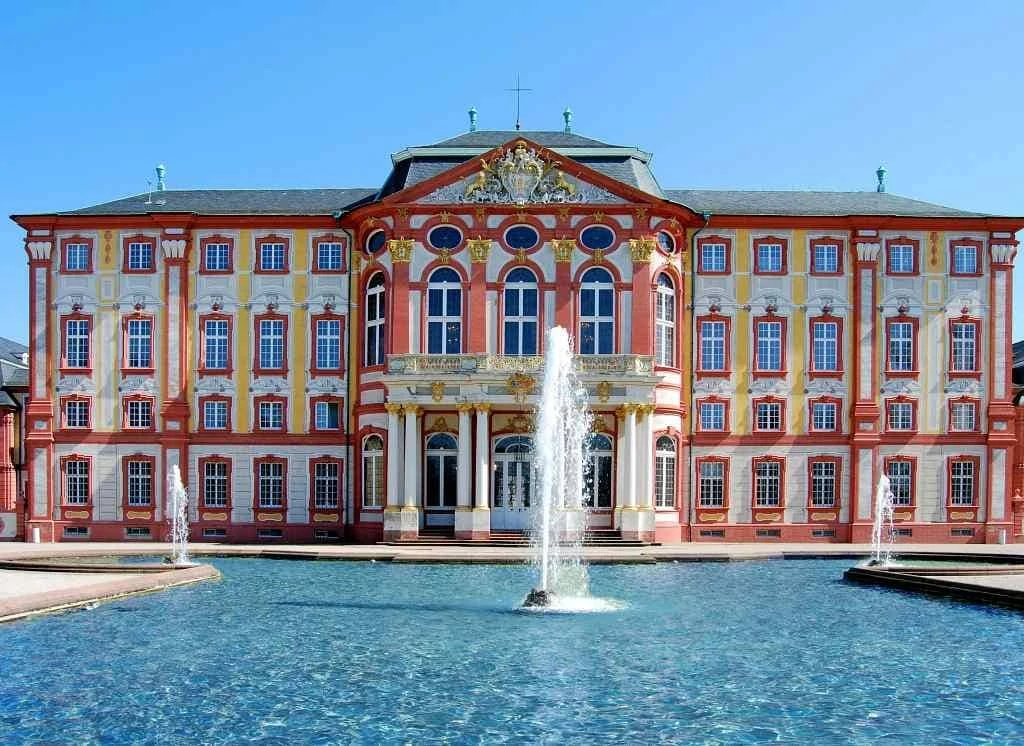
Bruchsal Palace, or as it is locally known, Schloss Bruchsal, is an enormous Baroque palace complex that is situated in the German city of Bruchsal.
This fantastic palace was first constructed at the turn of the 18th century by Damian Hugo Philip von Schonborn, Prince-Bishop of Speyer; it was designed in the contemporary Baroque style and was originally intended to be the permanent residence of the Prince-Bishops, however, they actually only occupied it for less than a century.
In 1945, the palace was largely destroyed in an American air raid, though it was completed rebuilt in the 1990s.
Where: Bruchsal
When: 18th century
Style: Baroque
Open for visit: Yes, check here for more information.
10. Solitude Palace
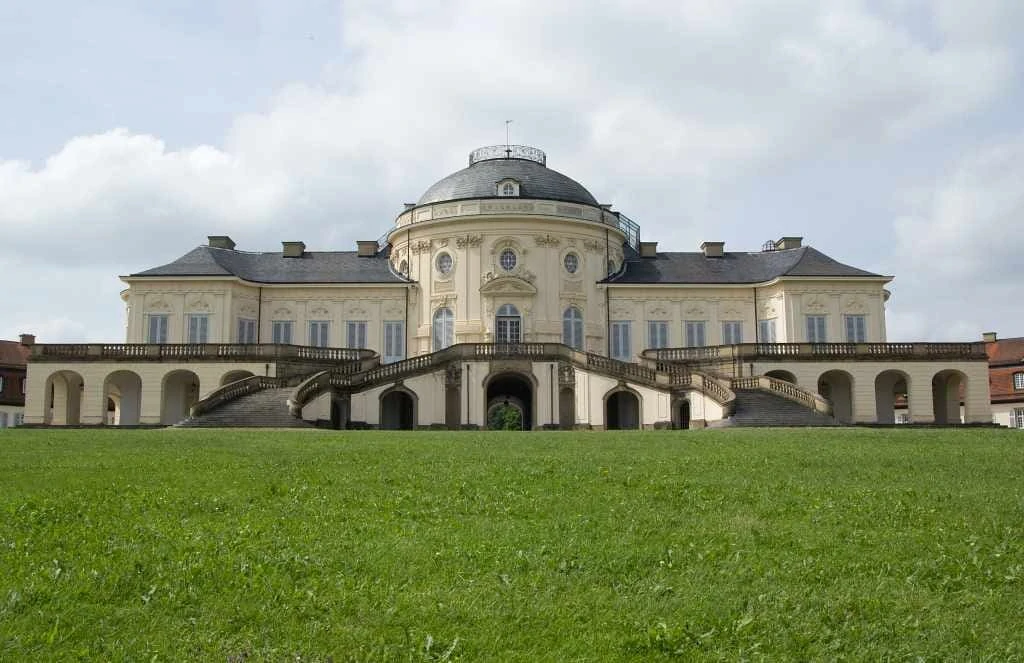
Solitude Palace has a fascinating location, as it is situated along an elongated ridge between the towns of Stuttgart, Leonberg, and Gerlingen, all of which are situated in the German region of Baden-Wurttemberg.
The Palace was originally constructed between the years 1764 and 1769, after being designed by Johann Friedrich Weyhing and Philippe de la Guepiere, and it was largely constructed in the Rococo architectural style; it was originally built to serve as a hunting retreat.
Today, it is a very popular tourist spot, largely for both its history and its unique geographical position.
Where: Leonberg/Gerlingen/Stuttgart
When: 1764 – 1769
Style: Rococo
Open for visit: Yes, check here for more information.
11. Ehrenburg Palace
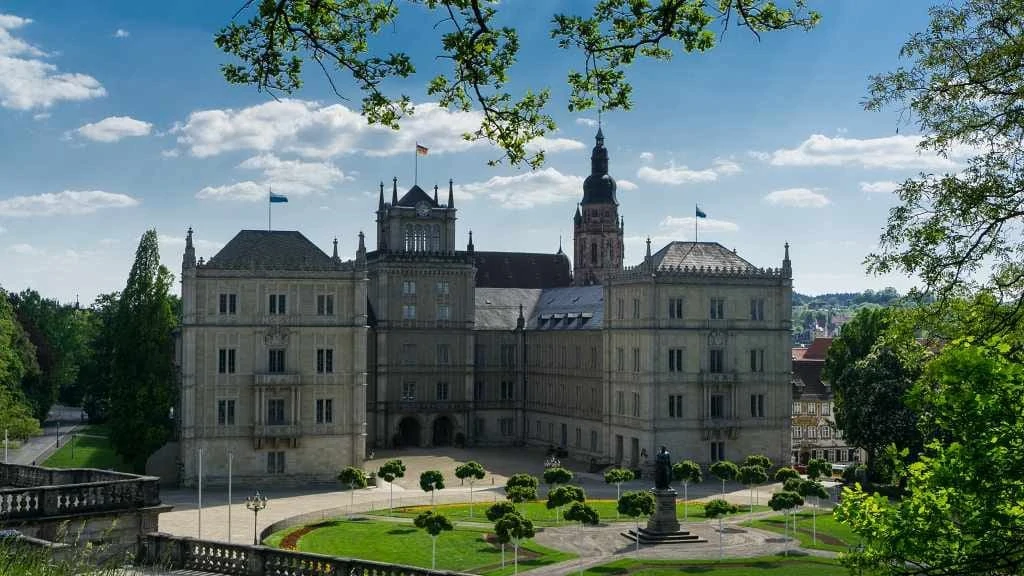
Situated in the Franconian town of Coburg lies the wonderful Ehrenburg Palace, which is a fantastic Gothic Revival style palace that dates back to 1543.
It was originally constructed by Johann Ernst, who as the Duke of Saxe-Coburg, though this palace was destroyed in a fire in 1690, and it was replaced in 1699, by Albert V, Duke of Saxe-Coburg, who erected a grand Baroque style palace on the site.
Today, there is a brilliant museum housed on the site, where a string of different artworks are housed, predominately dating back to the 16th and 17th centuries, whilst also including romantic landscape paintings.
Where: Coburg
When: 1543 – 1547
Style: Gothic Revival Style
Open for visit: Yes. Check here for more information.
12. Babelsberg Palace
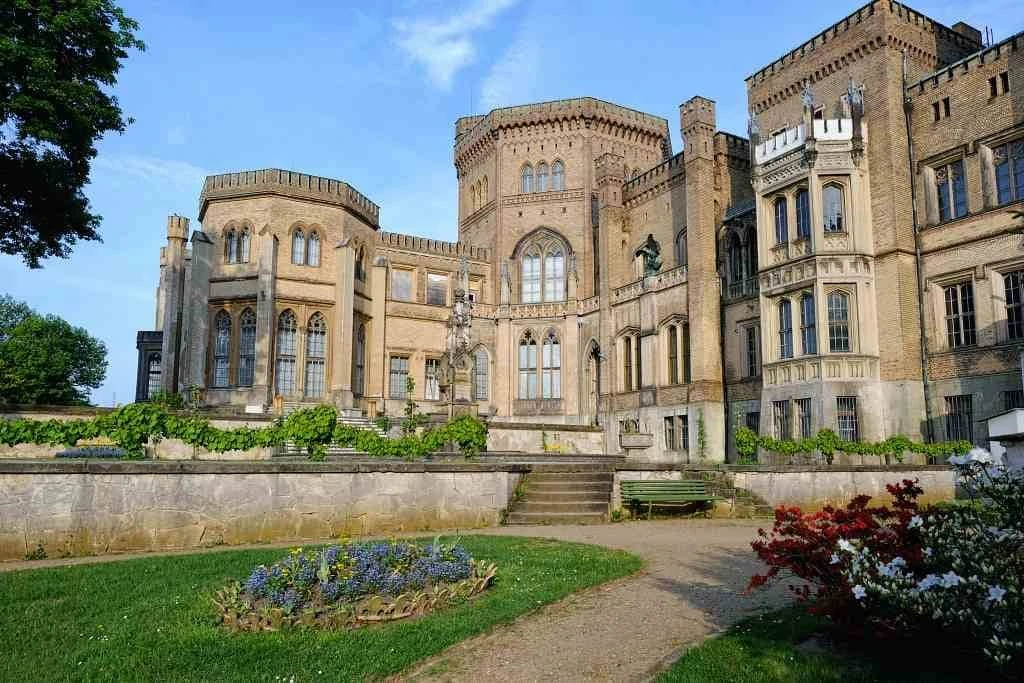
Nestled in the scenic eponymous park and quarter of the city of Potsdam lies the wonderful Babelsberg Palace, which is an enormous place that served for over 50 years as the summer residence for Prince William, who later became the German Emperor William I and King of Prussia.
Designed in the English Gothic Revival style, work first began on the Palace in the year 1835 under the demand of architects Johann Heinrich Strack, Ludwig Persius, and Karl Friedrich Schinkel, and it was finally completed in 1849.
Where: Potsdam
When: 1835
Style: Gothic Revival Style
Open for visit: Yes, check here for more information.
13. New Palace (Potsdam)
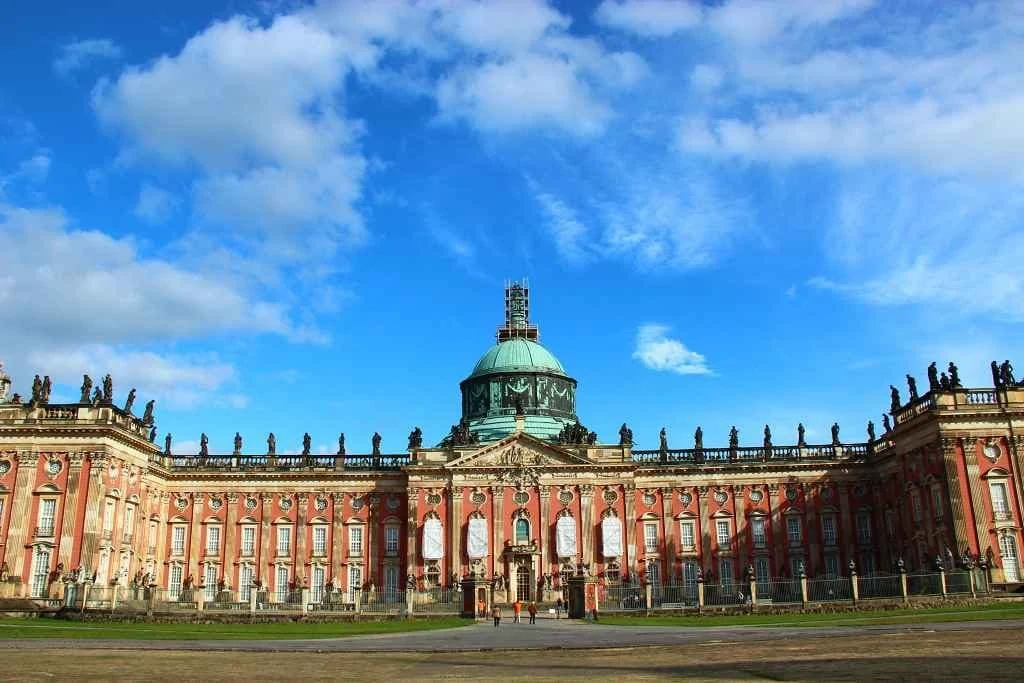
Known in German as ‘Neues Palais’, The New Palace in Potsdam is an enormous and architecturally exquisite palace. Construction on this palace initially began in the year 1763, after the end of the Seven Years’ War, and it was finally completed in the year 1769.
Largely considered to be the last standing Prussian Baroque palace, New Palace is highly popular with tourists visiting the area; there are some truly outstanding interiors to explore, including the magnificent theatre, which occupies two levels, and dates back to the reign of Fredrick the Great. There is also a brilliant Ballroom, Marble Hall, and Grotto Hall.
Where: Potsdam
When: 1763 – 1769
Style: Baroque and Rococo
Open for visit: Yes, check here for more information.
14. Biebrich Palace
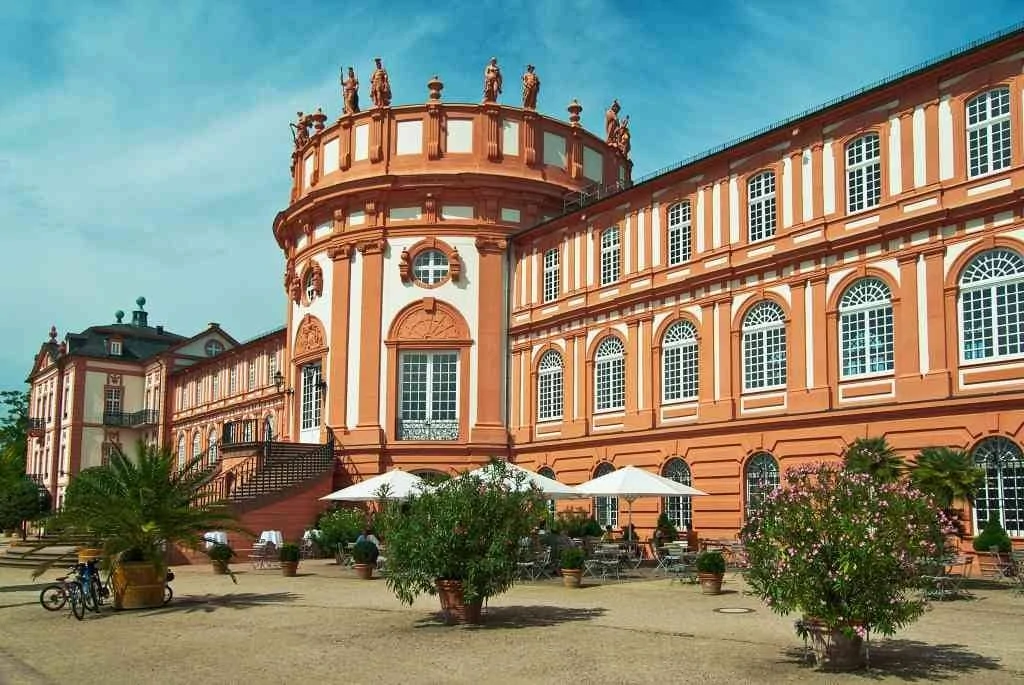
Located in the borough of Biebrich, which is situated in the German city of Wiesbaden, Biebrich Palace is gorgeous.
Originally built in the contemporary Baroque style in the year 1702 by Georg August Samuel of Nassau-Idstein, Biebrich Palace was first constructed to serve as the ducal residence for the independent Duchy of Nassau, between the years 1816 and 1866.
Tragically, Biebrich Palace was heavily damaged during the Second World War, though it did undergo an enormous reconstruction between 1980 and 1982 under the decree of the State of Hesse. Today, it is used by the state government.
Where: Wiesbaden
When: 1702
Style: Baroque
Open for visit: Yes, for more information, check here.
15. Ludwigslust Palace
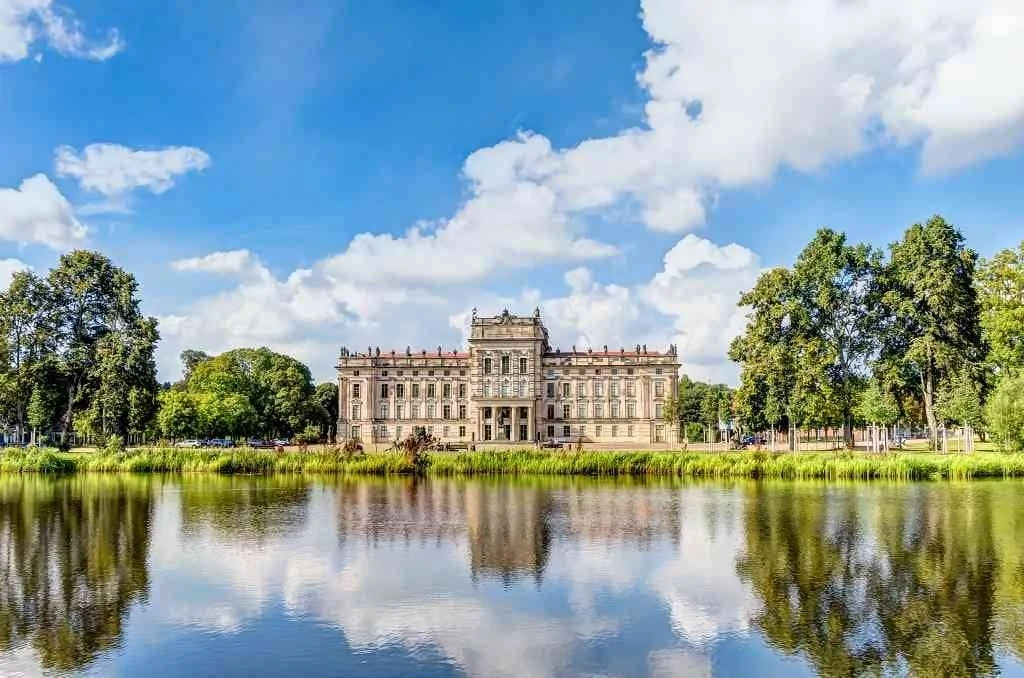
Situated in the northern German town of Ludwigslust in the Mecklenburg-Vorpommem region lies the fantastic Ludwigslust Palace, or Schloss Ludwigslust, as it is locally known.
Originally constructed as a hunting lodge in the year 1724 by Prince Christian Ludwig, who was the heir of the Duke of Mecklenburg-Schwerin, the Palace was his favorite place to spend his time – he actually called it ‘Ludwigslust’, which means ‘Ludwig’s Joy’. This Palace is an incredibly popular spot for visiting tourists, and it is a great place to explore.
Where: Ludwigslust
When: 1724
Style: Baroque
Open for visit: Yes, check here for more information.
16. Augustusburg Palace

Part of a complex, including one other palace, Falkenlust Palace, Augustusburg Palace is a fantastic UNESCO World Heritage Site and has been since 1984. Both palaces were constructed at the beginning of the 18th century by the Archbishop-Elector of Cologne, Clemens August of Bavaria of the Wittelsbach family.
It was designed by the architects Francois de Cuvillies and Johann Conrad Schlaun and truly is an architectural gem. Though the castle started out life as a mere hunting lodge, today, it is incredibly grand and impressive; it is a very popular spot with tourists, who are captivated by its spectacular beauty and charm.
Where: Bruhl
When: 18th century
Style: Baroque
Open for visit: Yes, for more information check here.
17. Benrath Palace

Otherwise known as Schloss Benrath, Benrath Palace translates to ‘pleasure palace’, and is one of the most exquisite palaces in the whole of Germany.
Originally built for the Elector Palatine Charles Theodor and his wife, Countess Palatine Elizabeth Auguste of Sulzbach; both the gorgeous palace itself and the immense gardens were constructed and designed by the iconic building director Nicolas de Pigage.
It is possible to visit Benrath Palace museum with guided tours, and to explore the beautiful gardens,
Where: Benrath
When: 1755 – 1770
Style: Baroque
Open for visit: Yes, for more information check here.
18. Hubertusburg Palace
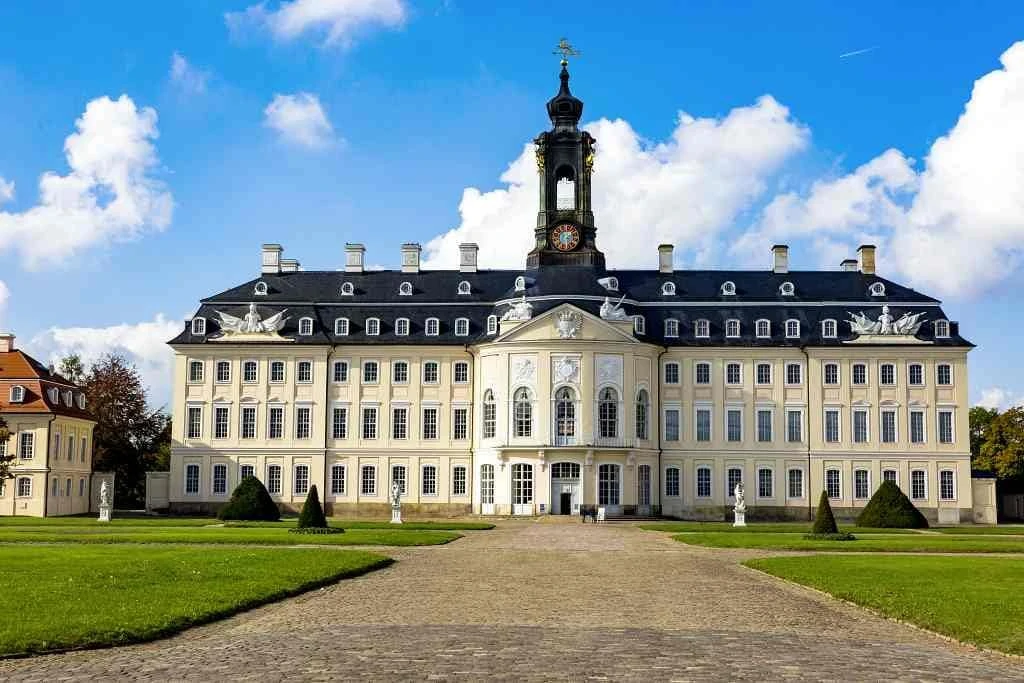
Situated in the landlocked state of Saxony in Germany lies the immense and gorgeous Rococo style Hubertusburg Palace. Construction on this fantastic palace began in 1721, and it was built at the behest of Augustus the Strong, who was the Elector of Saxony and King of Poland; after he passed away, the palace served as a residence for his son.
Today, the palace is open to the public, and it is an incredibly popular tourist attraction for enthusiasts of history, culture, and architecture.
Where: Saxony
When: 1721
Style: Rococo
Open for visit: Yes, check here for more information.
Germany is brimming with incredible historic palaces, and there is so much to discover and explore.
FAQs about the best Palaces in Germany
The best palaces in Germany are Sanssouci Palace in Potsdam, Linderhof Palace in Ettal, Charlottenburg Palace in Berlin, Ludwigsburg Palace in Ludwigsburg, Nymphenburg Palace in Munich, and Ludwigslust Palace in Ludwigslust.
The most beautiful and one of the most visited palaces in Germany is
Ludwigsburg Palace in Ludwigsburg, which is often called the Versailles of Swabia.
The New Palace in Potsdam and Charlottenburg Palace in Berlin are the largest palaces in Germany.
